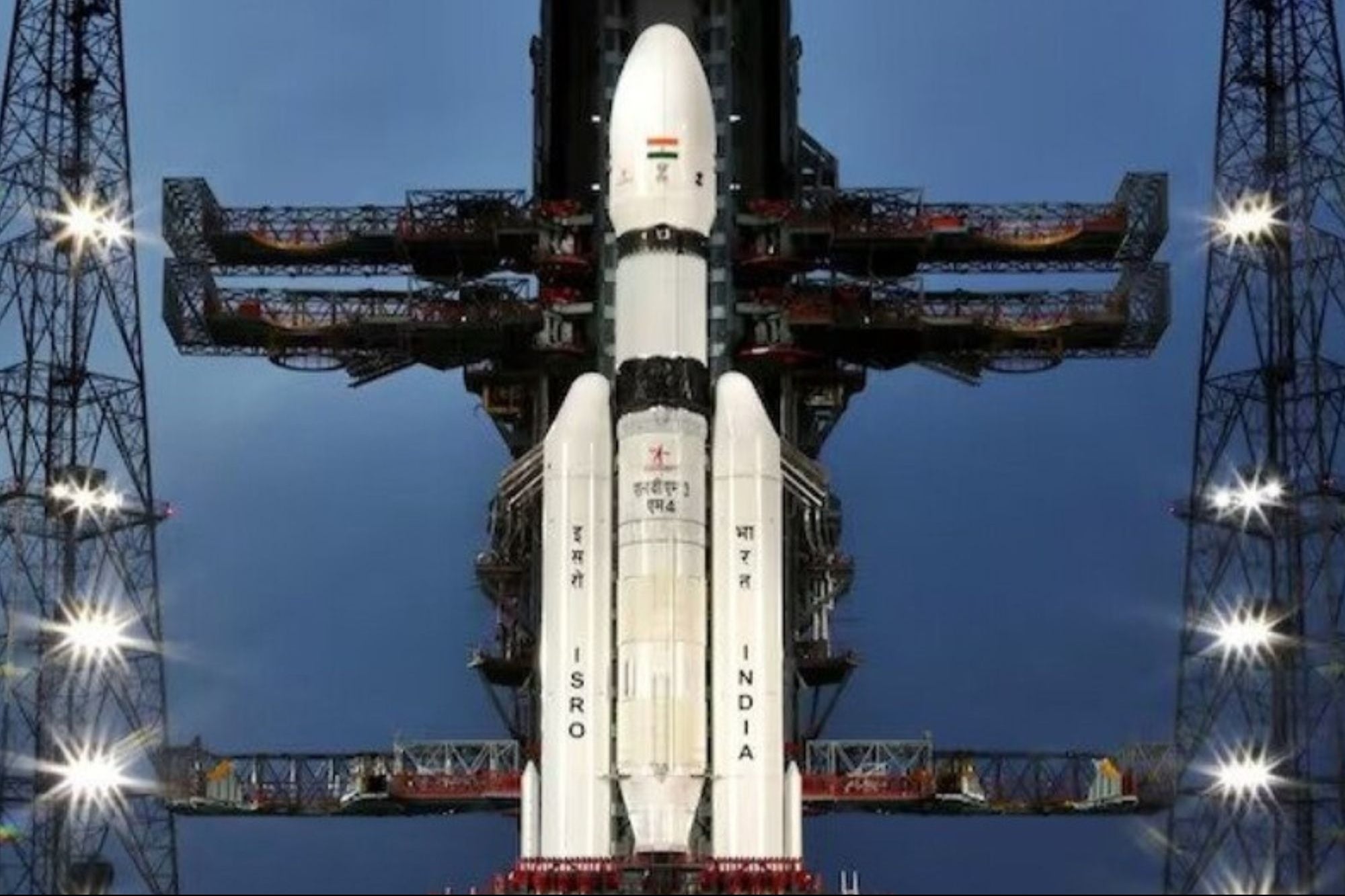Chandrayaan-3: Takes Wing From Sriharikota Chandrayaan-3 is a follow-on mission to Chandrayaan-2 to demonstrate end-to-end capability in safe landing and roving on the lunar surface
Opinions expressed by BIZ Experiences contributors are their own.
You're reading BIZ Experiences India, an international franchise of BIZ Experiences Media.

The Indian Space Research Organisation (ISRO) launched Chandrayaan-3, from the Satish Dhawan Space Center in Sriharikota at 2.35 PM today.
Chandrayaan-3 will be inserted into the Lunar Transfer Trajectory after the orbit raising maneuvers, covering over 300,000 km, it will reach the Moon in the coming weeks. Scientific instruments onboard will study the Moon's surface. "July 14th 2023 will always be etched in golden letters as far as India's space sector is concerned. Chandrayaan-3, our third lunar mission, will embark on its journey. This remarkable mission will carry the hopes and dreams of our nation," Prime Minister, Narendra Modi, tweeted.
Chandrayaan-3 is a follow-on mission to Chandrayaan-2 to demonstrate end-to-end capability in safe landing and roving on the lunar surface. Chandrayaan-3 consists of an indigenous Lander module (LM), Propulsion module (PM) and a Rover with an objective of developing and demonstrating new technologies required for Interplanetary missions. The Lander will have the capability to soft land at a specified lunar site and deploy the Rover which will carry out in-situ chemical analysis of the lunar surface during the course of its mobility. The Lander and the Rover have scientific payloads to carry out experiments on the lunar surface. "The main function of PM is to carry the LM from launch vehicle injection till final lunar 100 km circular polar orbit and separate the LM from PM. Apart from this, the Propulsion Module also has one scientific payload as a value addition which will be operated post separation of the Lander Module. The launcher identified for Chandrayaan-3 is GSLV-Mk3 which will place the integrated module in an Elliptic Parking Orbit (EPO) of size ~170 x 36500 km," ISRO explained in its blog.
Speaking on the launch, Agnishwar Jayaprakash, founder and CEO, Garuda Aerospace said, "The recently launched Chandrayaan 3 marks another remarkable milestone in India's aerospace industry. By promoting cost-efficient and highly reliable space-grade hardware, the contribution to this mission will benefit the industry by increasing revenue flow and attracting investments. This ambitious endeavor showcases our commitment to pushing the boundaries of space technology and unraveling the mysteries of the lunar surface."
The Chandrayaan-2 was launched on July 22, 2019, the mission's lander and rover were expected to make a soft landing on the Moon on September 7. However, the mission's lander Vikram and rover Pragyaan crashed on the Moon's surface in the early hours. This is ISRO's second attempt and a soft landing on the Lunar surface. The key scientific outcomes from Chandrayaan 2 include the first ever global map for lunar sodium, enhancing knowledge on crater size distribution, unambiguous detection of lunar surface water ice with IIRS instrument and more.
Chandrayaan-1 was the first Indian lunar probe under the Chandrayaan programme. It was launched by ISRO in October 2008, and operated until August 2009. India launched the spacecraft using a PSLV-XL rocket on 22 October 2008 at 00:52 UTC from Satish Dhawan Space Centre, at Sriharikota, Andhra Pradesh. The mission was a major boost to India's space program, as India researched and developed indigenous technology to explore the Moon. "Chandrayaan-1 launched a small craft, the Moon Impact Probe (MIP), that was designed to test systems for future landings and study the thin lunar atmosphere before crashing on the Moon's surface. MIP impacted near the south pole, but, before it crashed, it discovered small amounts of water in the Moon's atmosphere," expalined a blog.
"Till Chandrayaan-1, the moon was believed to be a bone-dry, geologically inactive and uninhabitable celestial body. Now, it is seen as a dynamic and geologically active body with the presence of water and sub-surface ice," said a statement by PIB.












